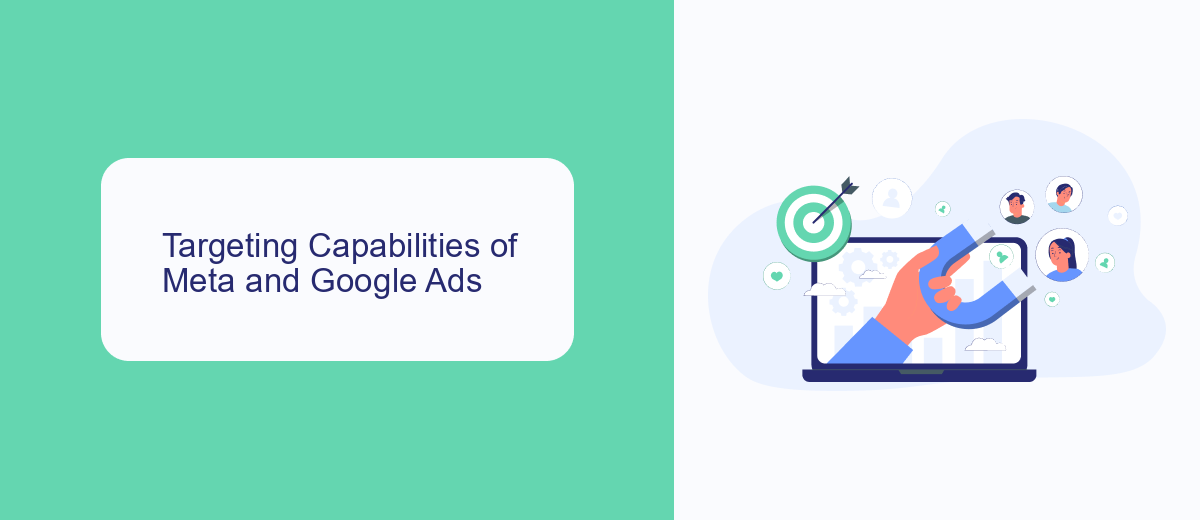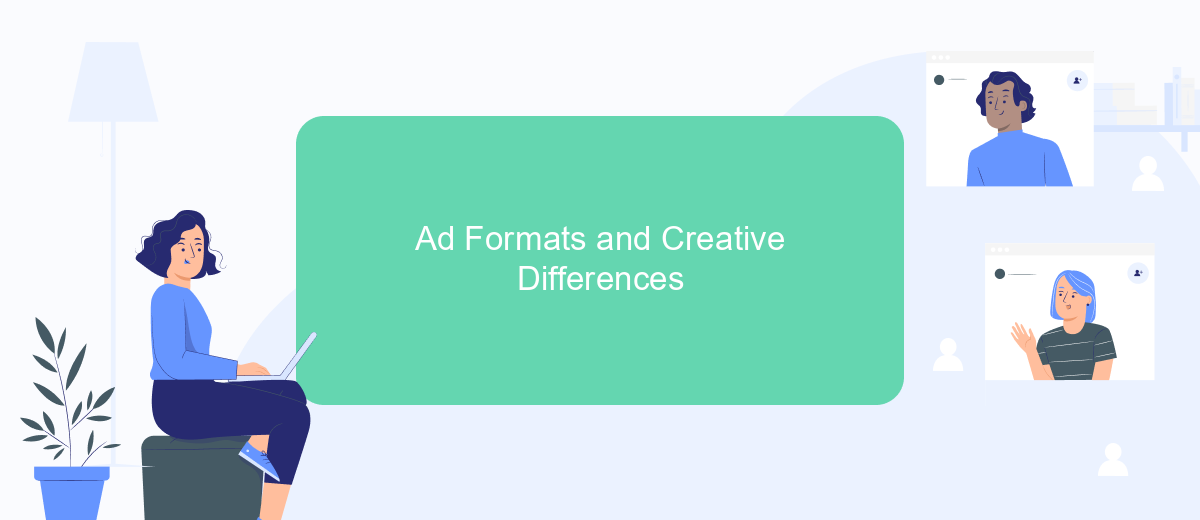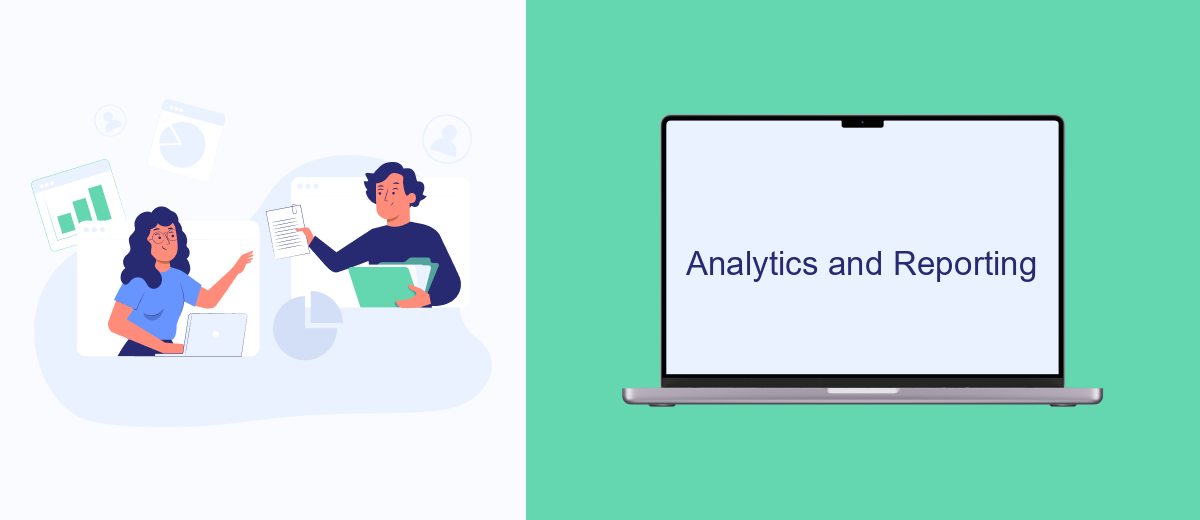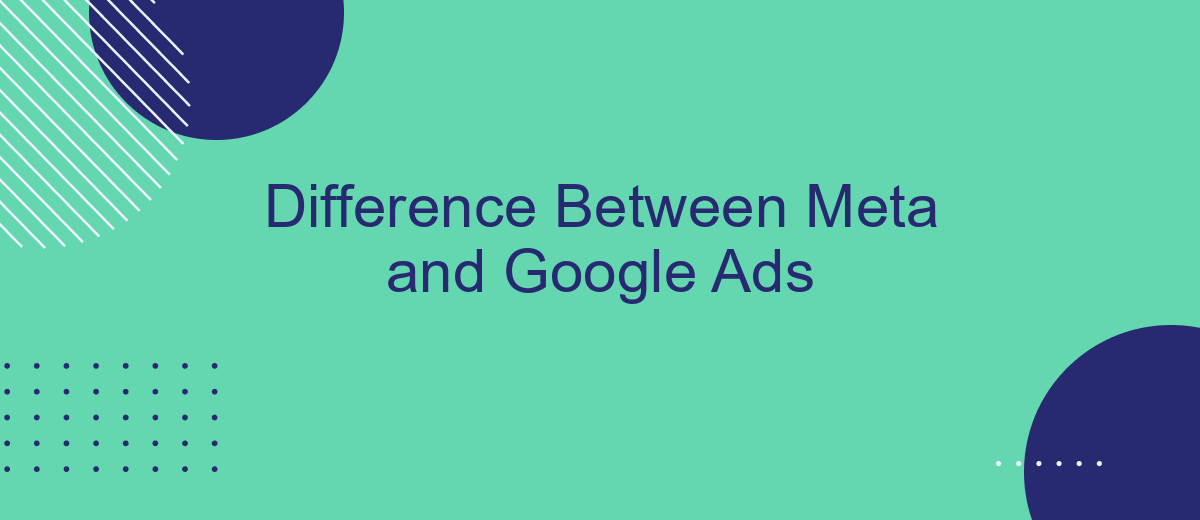In the ever-evolving landscape of digital marketing, understanding the differences between Meta and Google Ads is crucial for businesses aiming to optimize their online presence. While both platforms offer powerful advertising tools, they cater to distinct audiences and objectives. This article explores the key differences, helping marketers make informed decisions on where to allocate their advertising budgets for maximum impact.
Overview of Meta and Google Ads
Meta Ads and Google Ads are two of the most prominent online advertising platforms, each offering unique features and advantages. Meta Ads, previously known as Facebook Ads, is a platform that allows businesses to advertise across Facebook, Instagram, Messenger, and the Audience Network. It leverages user data to deliver highly targeted ads based on user interests, behaviors, and demographics. On the other hand, Google Ads is a pay-per-click advertising platform that allows businesses to display ads on Google search results and across its extensive Display Network. It targets users based on search intent and keywords.
- Meta Ads focuses on user engagement and social media presence.
- Google Ads emphasizes search intent and keyword targeting.
- Both platforms offer various ad formats and advanced targeting options.
While both Meta and Google Ads provide powerful tools for businesses to reach their target audiences, the choice between them often depends on the specific goals and nature of the business. Meta Ads is ideal for businesses looking to enhance brand awareness and engage with users on social media. In contrast, Google Ads is better suited for capturing high-intent users actively searching for products or services. Understanding the strengths of each platform can help businesses optimize their advertising strategies effectively.
Targeting Capabilities of Meta and Google Ads

Meta and Google Ads offer distinct targeting capabilities that cater to different advertising needs. Meta Ads, primarily through Facebook and Instagram, excel in demographic and interest-based targeting. Advertisers can leverage detailed user data to reach specific audiences based on age, gender, interests, and behaviors. This allows for highly personalized ad campaigns that resonate with users on a personal level. Additionally, Meta's lookalike audiences feature enables advertisers to expand their reach by targeting users similar to their existing customer base, enhancing the potential for conversion.
On the other hand, Google Ads prioritize intent-based targeting, focusing on keywords and search queries to connect with users actively seeking specific products or services. This approach is particularly effective for capturing high-intent leads, as ads appear in response to user searches. Google’s diverse ad formats, including search, display, and video, offer versatile options for reaching audiences across various platforms. For businesses looking to streamline their advertising efforts, services like SaveMyLeads can automate lead data integration, ensuring seamless synchronization of leads from Meta and Google Ads into CRM systems, optimizing the advertising workflow and enhancing ROI.
Ad Formats and Creative Differences

When comparing Meta and Google Ads, understanding their ad formats and creative differences is crucial for advertisers aiming to optimize their campaigns. Both platforms offer unique opportunities to engage audiences, but they do so in distinct ways that cater to different marketing goals.
- Meta Ads focus on visual storytelling, utilizing formats like carousel ads, video ads, and stories to create immersive experiences. These formats are designed to capture attention and encourage engagement through visually appealing content.
- Google Ads, on the other hand, prioritize search intent and relevance, offering formats such as search ads, display ads, and shopping ads. These formats are tailored to meet user needs by appearing at the right moment in the search journey, often leading to higher conversion rates.
In essence, while Meta Ads excel in creating visually engaging narratives that build brand awareness, Google Ads are more effective in targeting users with specific purchasing intent. Advertisers must consider these differences when crafting their strategies, ensuring that the chosen platform aligns with their campaign objectives and audience preferences.
Analytics and Reporting

When it comes to analytics and reporting, both Meta and Google Ads offer robust tools to help advertisers track performance and optimize their campaigns. Meta provides insights through its Ads Manager, offering detailed reports on engagement metrics, audience demographics, and ad performance. This allows advertisers to understand how their ads are resonating with different segments of their audience.
Google Ads, on the other hand, integrates seamlessly with Google Analytics, providing a comprehensive view of user behavior across websites. This integration allows advertisers to track conversions, analyze traffic sources, and measure the return on investment with precision. Google Ads also offers customizable reports, enabling advertisers to focus on the metrics that matter most to their business objectives.
- Meta Ads Manager offers detailed audience insights.
- Google Ads integrates with Google Analytics for deeper analysis.
- Both platforms provide customizable reporting options.
- Real-time data tracking is available on both platforms.
Ultimately, the choice between Meta and Google Ads for analytics and reporting depends on the specific needs of the advertiser. While Meta excels in social engagement metrics, Google offers unparalleled integration with web analytics, providing a more holistic view of customer interactions. Advertisers should consider their campaign goals and target audience when deciding which platform to leverage for their reporting needs.
- Automate the work with leads from the Facebook advertising account
- Empower with integrations and instant transfer of leads
- Don't spend money on developers or integrators
- Save time by automating routine tasks
Pricing and Budget Considerations
When considering pricing and budget for Meta and Google Ads, it's essential to understand the different cost structures each platform offers. Meta Ads, primarily on Facebook and Instagram, operate on a bidding system where advertisers set a maximum bid for their target audience. This allows for flexibility in spending, as you can choose between cost-per-click (CPC), cost-per-thousand impressions (CPM), or cost-per-action (CPA). Google Ads, on the other hand, uses a similar auction-based model but often emphasizes keyword relevance and quality scores, which can influence the overall cost. Advertisers can choose from CPC, CPM, or cost-per-acquisition (CPA) models, providing various options to align with their budgetary constraints.
Budget management is crucial for both platforms, and tools like SaveMyLeads can streamline the process by automating lead data integration. This service helps businesses efficiently manage their advertising spend by connecting ad platforms with CRM systems, ensuring that every lead is tracked and nurtured without manual intervention. By leveraging such tools, advertisers can optimize their campaigns and allocate budgets more effectively, ensuring that their marketing dollars are spent wisely across Meta and Google Ads. This strategic approach not only maximizes ROI but also simplifies the complex task of handling multiple advertising channels.
FAQ
What are the main differences between Meta Ads and Google Ads?
Which platform is better for brand awareness?
How do targeting options differ between Meta Ads and Google Ads?
Can I automate and integrate my ad campaigns across both platforms?
Which platform is more cost-effective?
Use the SaveMyLeads service to improve the speed and quality of your Facebook lead processing. You do not need to regularly check the advertising account and download the CSV file. Get leads quickly and in a convenient format. Using the SML online connector, you can set up automatic transfer of leads from Facebook to various services: CRM systems, instant messengers, task managers, email services, etc. Automate the data transfer process, save time and improve customer service.

